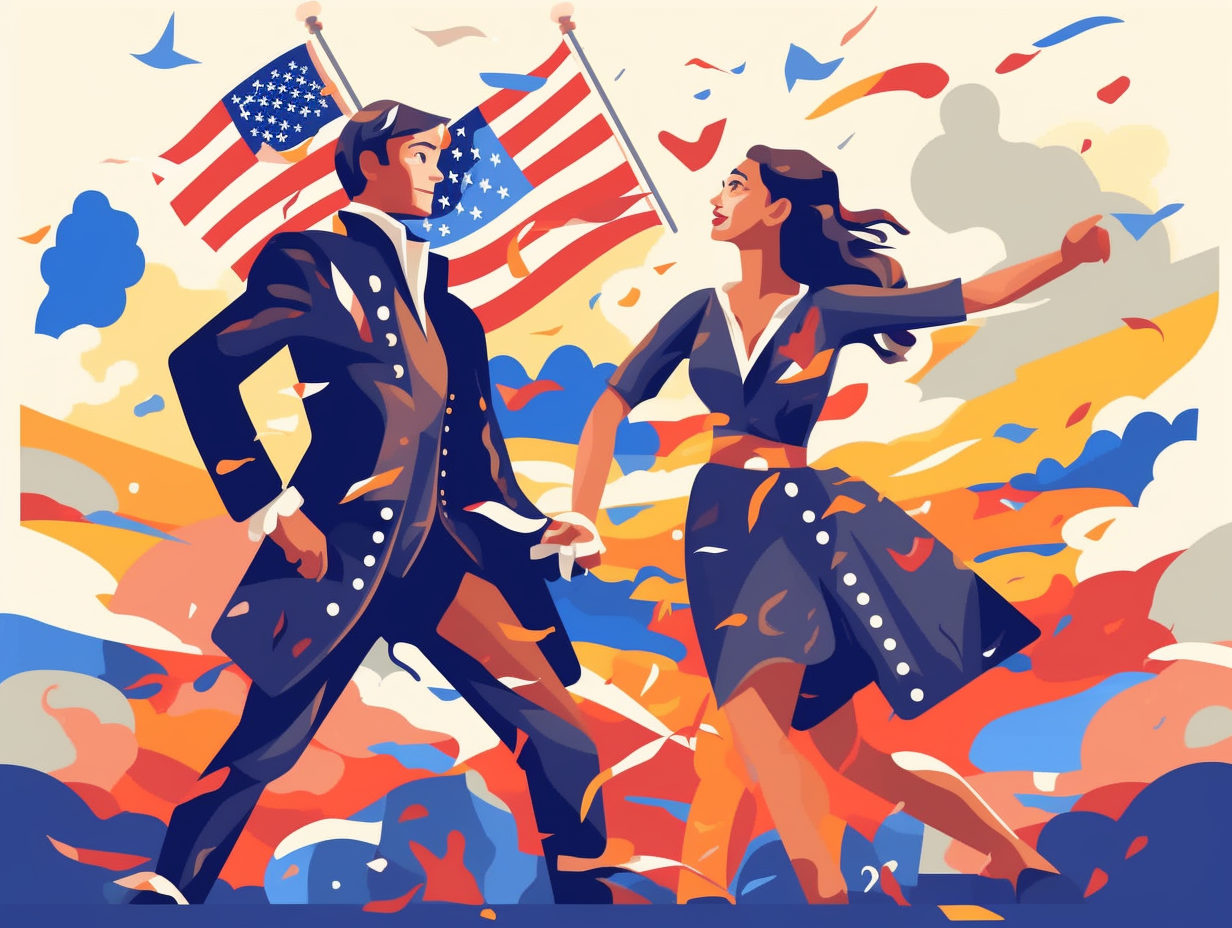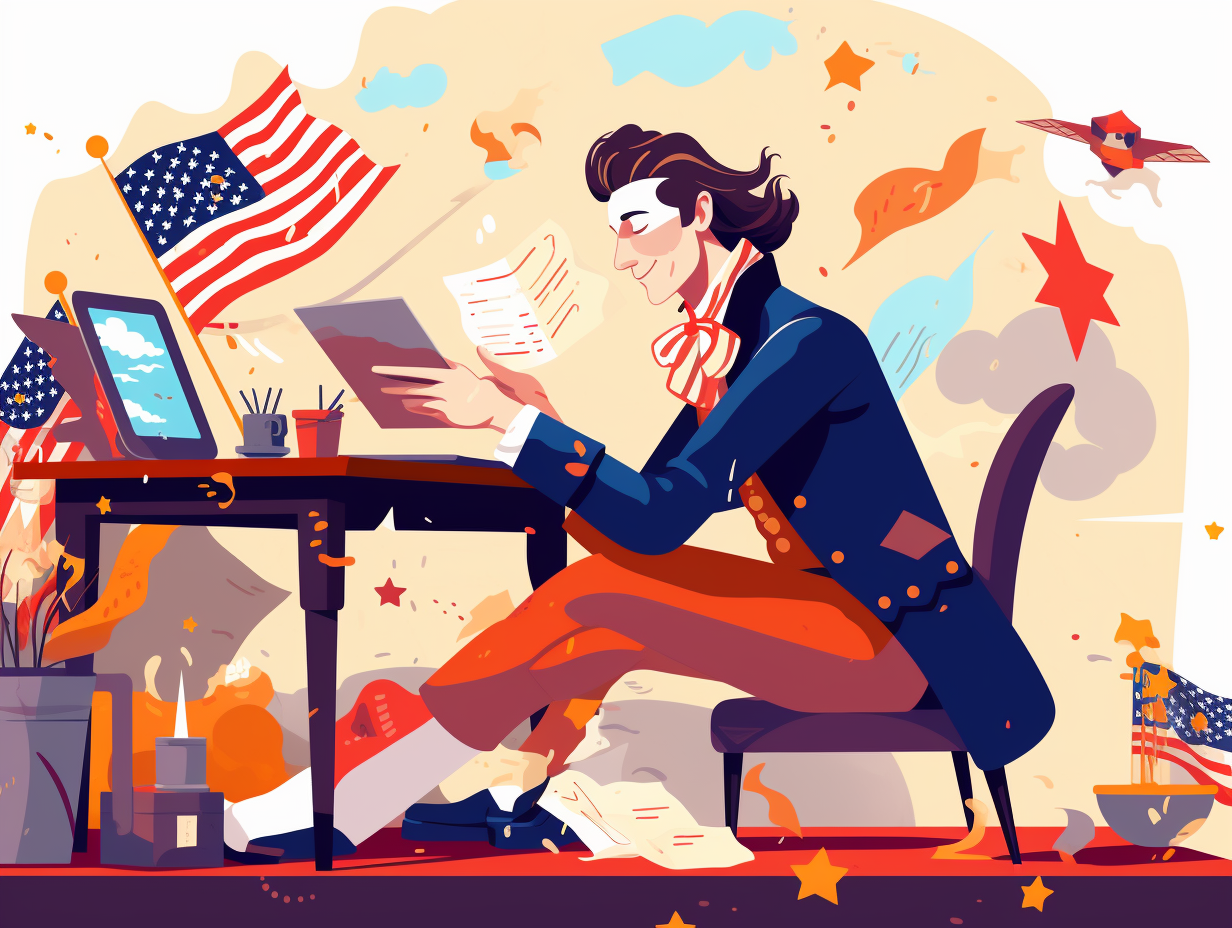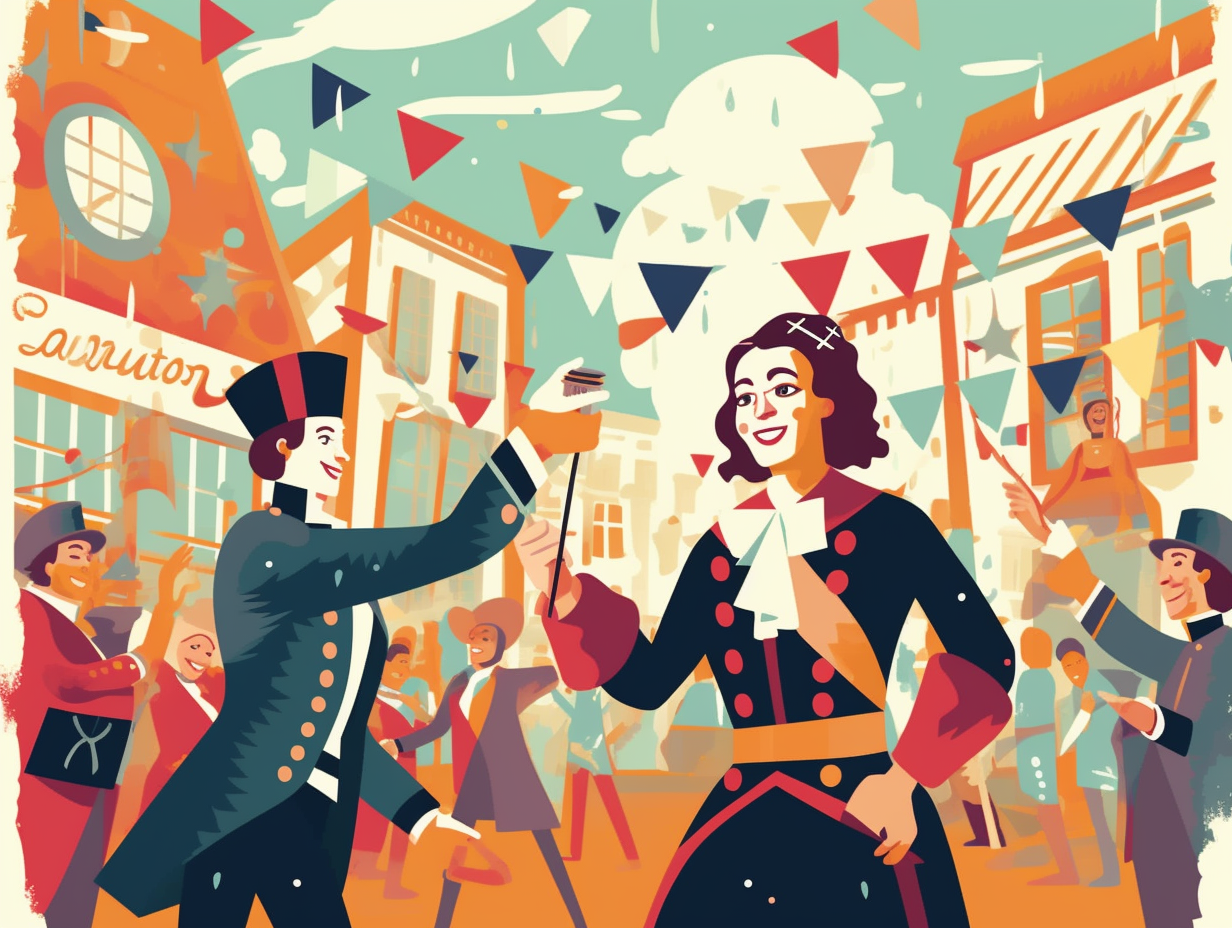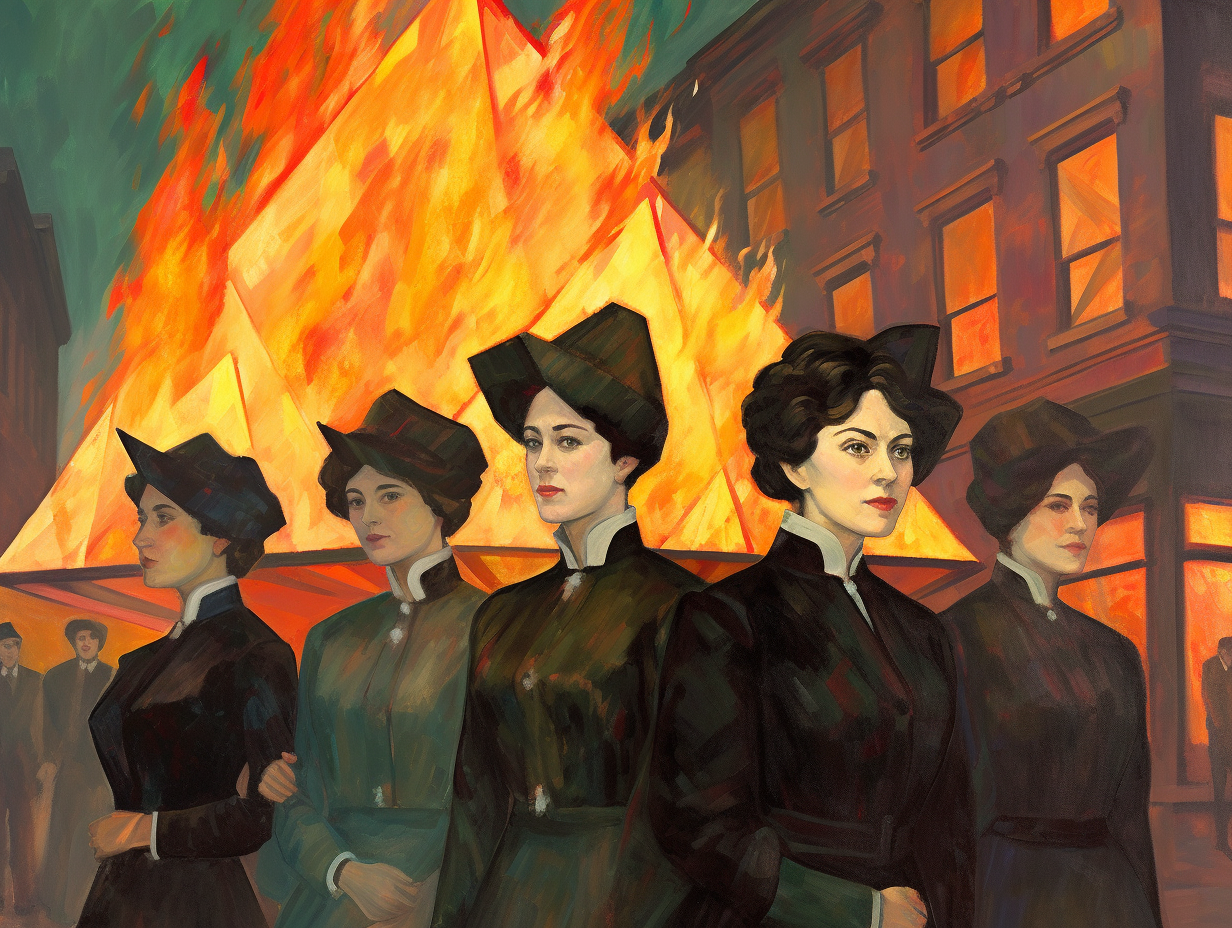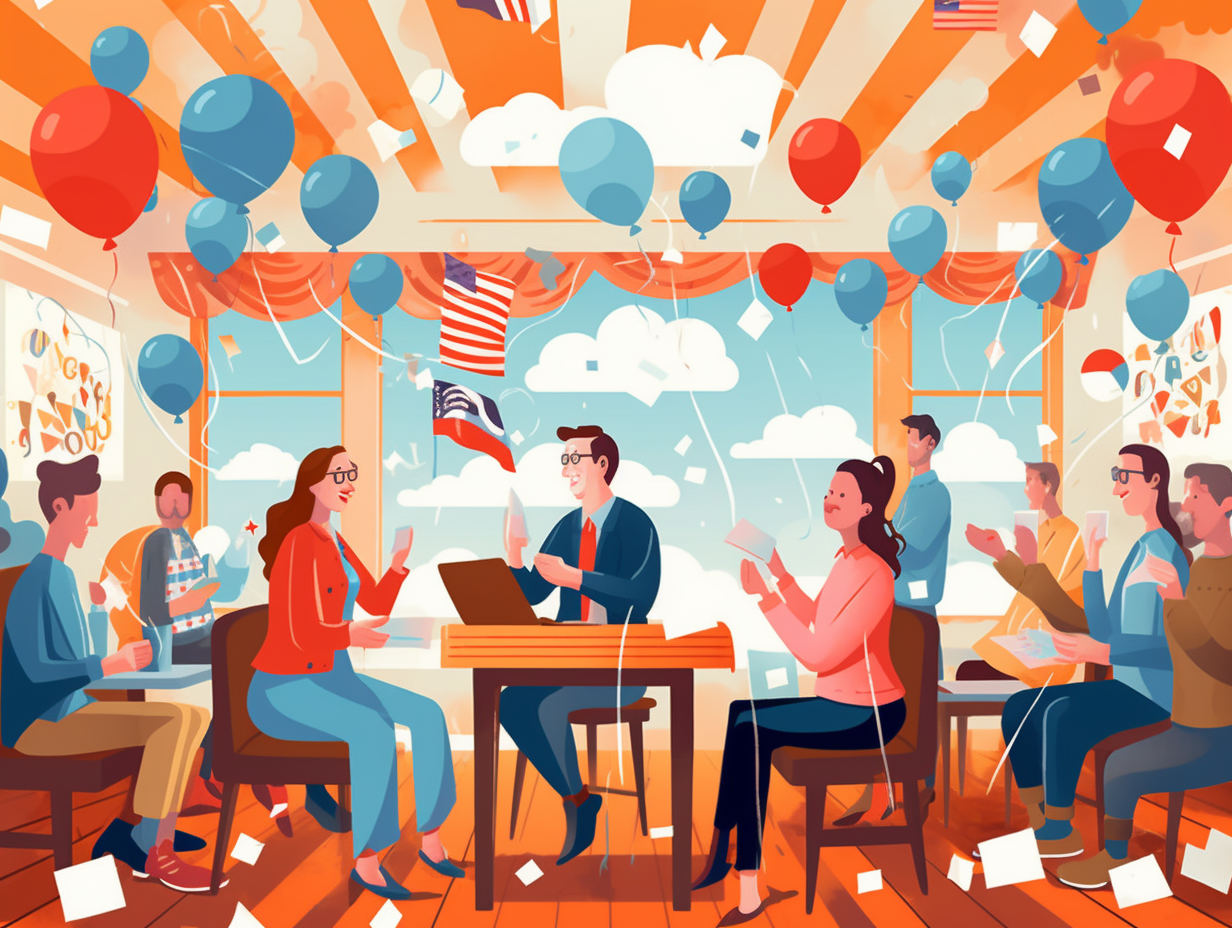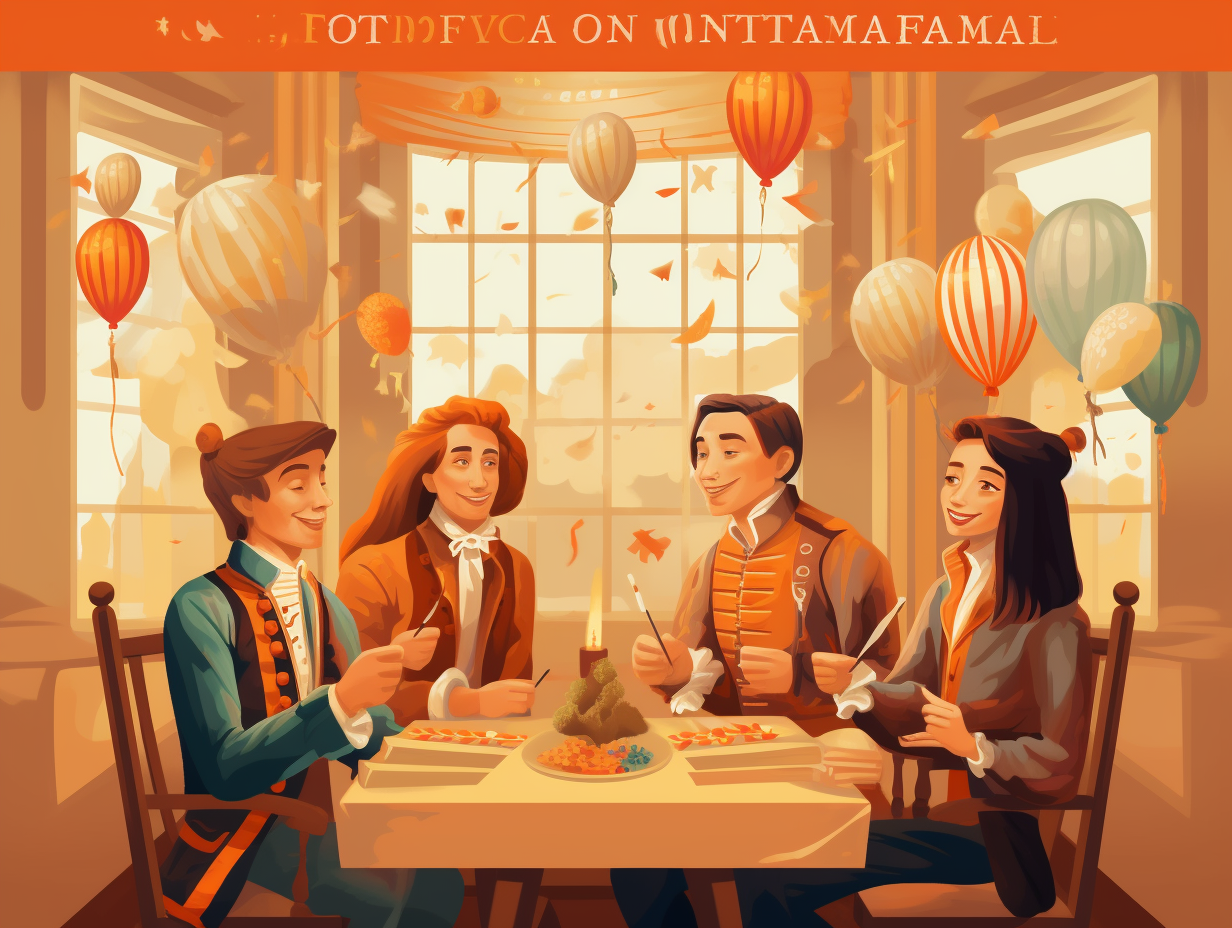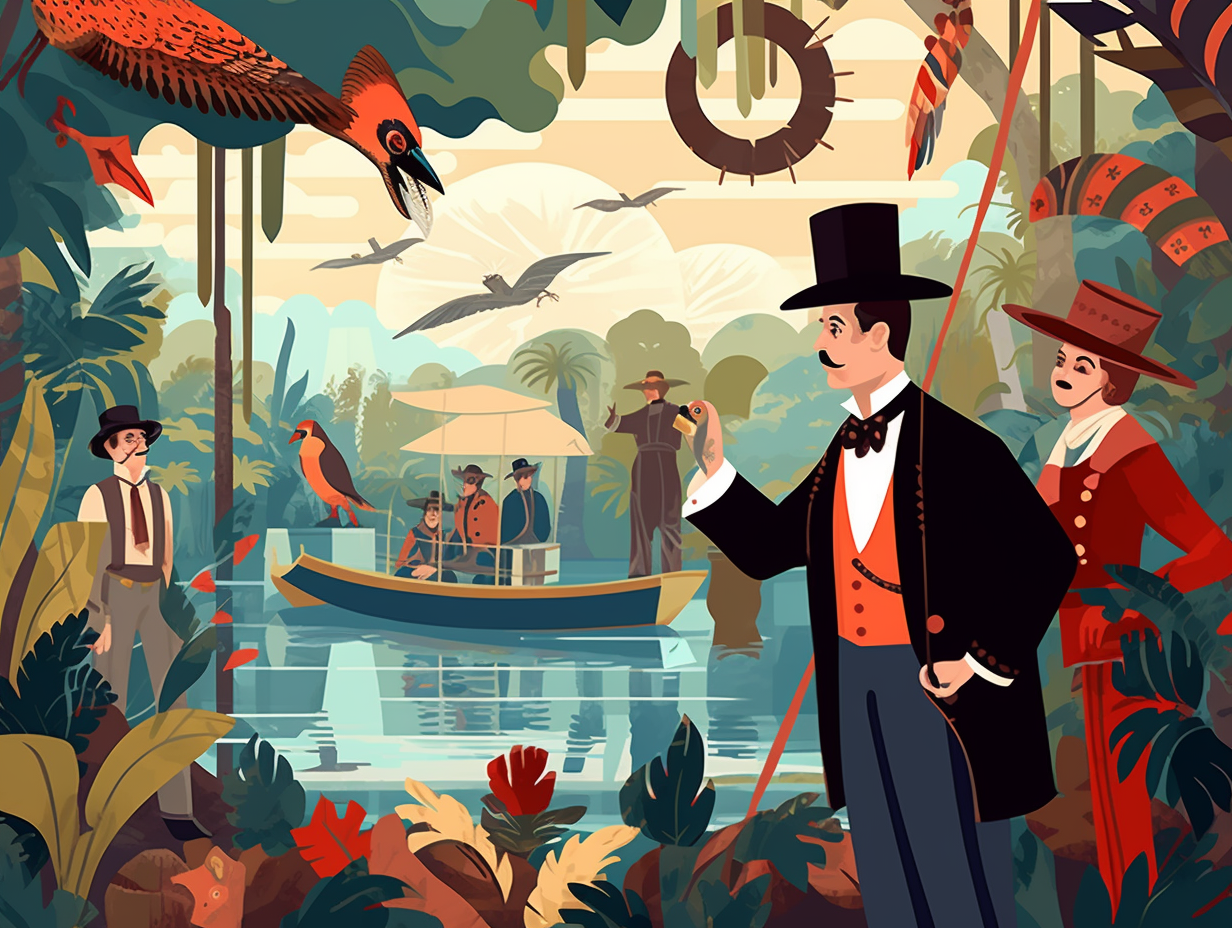Discover the Secrets: Top 11 Fun and Surprising Facts About the Federal Reserve!
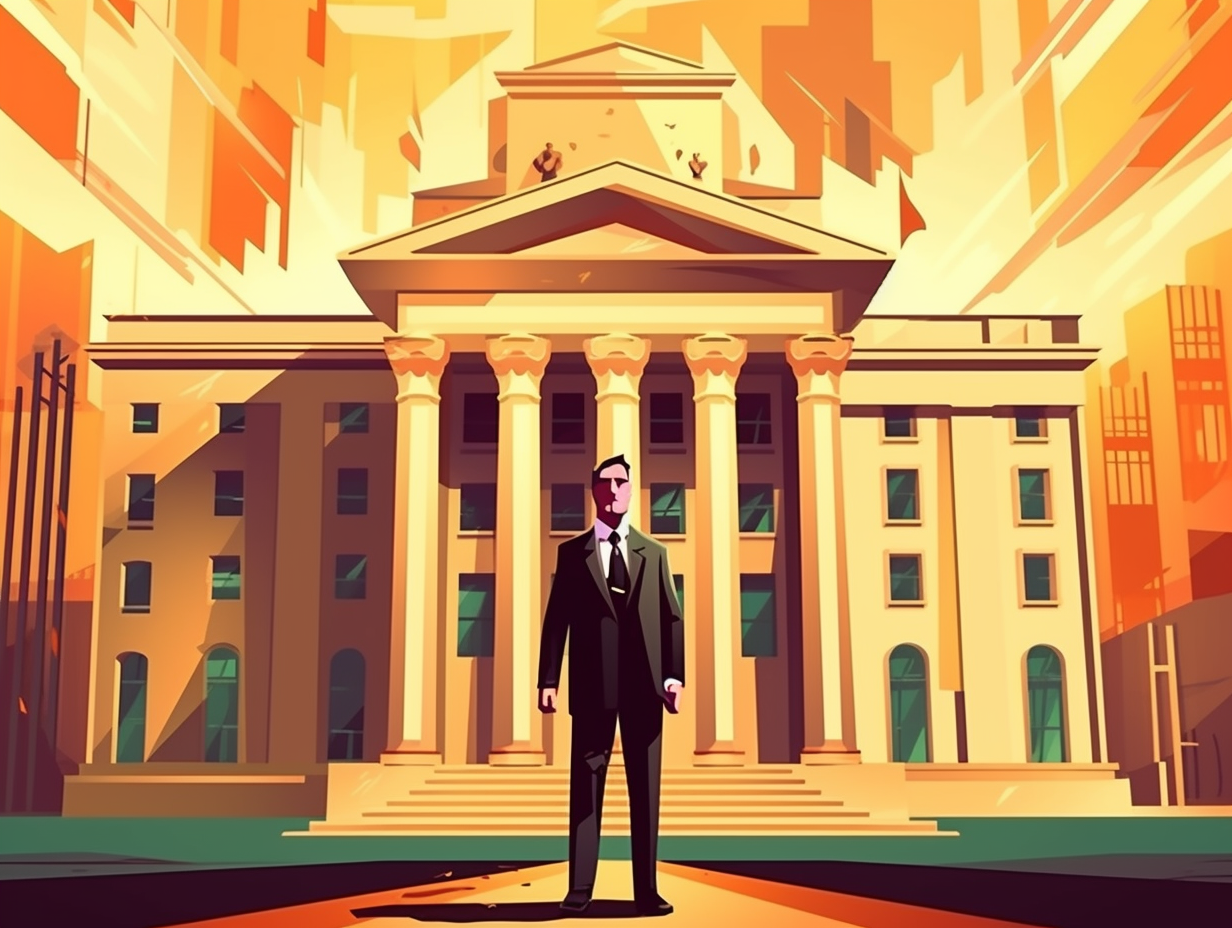
1. Monopoly Bank: The Real Federal Reserve
If the U.S. economy were a game of Monopoly, the Federal Reserve would be the secretive banker doling out cash and controlling the game from the shadows: Bringing the laughs back, the Fed actually consists of 12 regional banks, each ruling its own mini-kingdom, and a Board of Governors appointed by the President to keep them all in check. These mighty leaders serve staggered terms to prevent a single President from gaining too much control and to ensure that America's economy is as diverse as the Chance cards in your favorite board game.
Source => investopedia.com
2. M. Night Shyamalan's Money Plot Twist
Breaking news: the Federal Reserve isn't minting mad cash after all! In a plot twist worthy of an M. Night Shyamalan film: The true masterminds behind our coinage are the folks at the United States Mint, while the Fed merely distributes these metallic marvels to depository institutions, filling the pockets and piggy banks of the nation. In a surprising role reversal, the Fed does, however, cozy up to the Treasury's Bureau of Engraving and Printing to figure out how many new paper bills need printing each year to make it rain on the economy's parade.
Source => federalreserve.gov

Did you know the Federal Reserve is like a giant game of Monopoly, with 12 regional banks and a Board of Governors? Discover the fascinating dynamics behind America's economy!
=> Fun Facts about The-Federal-Reserve
3. The Non-Existent Federal Reserve Party
You know what's funnier than a Federal Reserve party? Nothing, because it doesn't exist! But if it did, it'd be where all the banks go to borrow money when they’re on the brink of economic disaster: In all seriousness, the Fed not only manages the nation's money supply but also lends money to banks during financial crises, ensuring they can continue to provide loans and prevent a collapse of the economy. Established in 1913, this crucial function still plays a vital role today in averting monetary catastrophes.
Source => investopedia.com
4. Conductor of the Economic Symphony
Hold onto your hats, Fed-heads: the Federal Reserve isn't some magical paper factory churning out dollar bills like Willy Wonka's chocolate river! In fact, this monetary maestro's true talent lies in conducting the symphony of the nation's economy, orchestrating interest rates and money supply to hit those sweet high notes of price stability and maximum employment. Printing cash only happens in the rarest of encores, when the financial system yearns for some extra liquidity to keep the electric performance going.
Source => federalreserve.gov
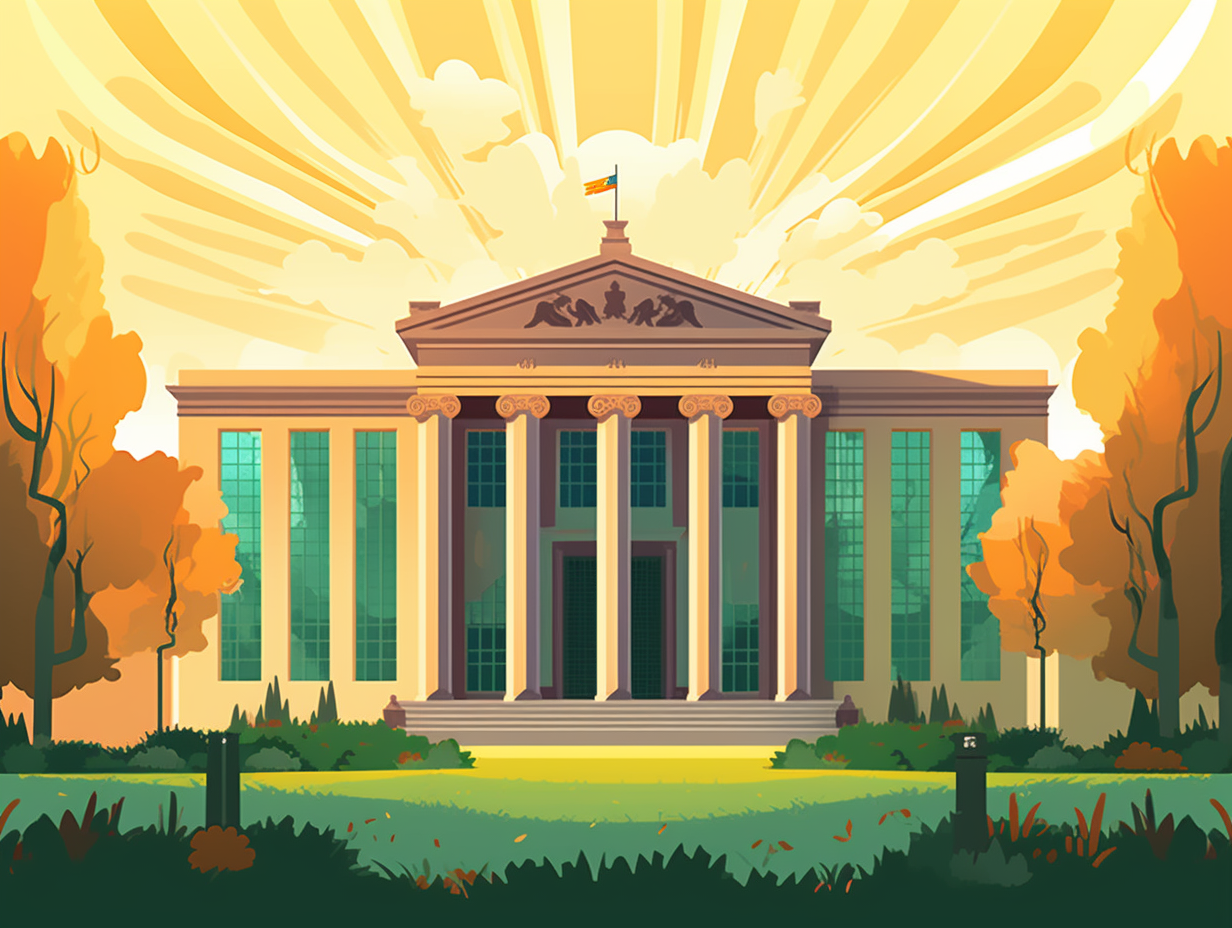
5. Benny and the Fedz: From Harvard to High Finance
Who needs Money Heist when you've got Benny and the Fedz?: Ben Bernanke, former chair of the U.S. Federal Reserve, graduated summa cum laude from Harvard, earned his Ph.D. at MIT, and taught at Stanford and Princeton before penning two insightful books about the monumental 2008 financial crisis, showcasing his monetary mastery and banking bravado.
Source => investopedia.com
6. Navigating Public and Private High Seas
Is the Federal Reserve just another run-of-the-mill private enterprise or a government puppet-master? Well, my friends, the truth is somewhere in the middle, like navigating the high seas between Scylla and Charybdis: The Federal Reserve Banks are a unique hybrid of public and private, with member banks owning stock without control or financial interest, while the Board of Governors acts as an independent government agency steering the economic ship.
Source => stlouisfed.org
7. The Fed's Regional Potluck Dinner
Much like an old-fashioned potluck dinner, the Federal Reserve System was initially designed to be a smorgasbord of independent banks, each bringing their own regional flavor to the table: Established in 1913, the Federal Reserve Act called for 12 decentralized districts, each with its own Reserve Bank, but as times changed and our national economy evolved, these banks began collaborating more, centralizing, and standardizing their financial services and support functions.
Source => federalreserve.gov
8. Willy Wonka's Vault of Gold Bars
You know how folks say they have a vault full of gold? Well, at the Federal Reserve Bank of New York, they're not kidding: This vault holds a whopping 497,000 gold bars weighing about 6,190 tons, making it the largest known depository of monetary gold in the world. But don't go thinking it's a golden ticket to controlling a quarter of the world's gold bullion; the New York Fed merely acts as the trustworthy guardian and custodian for central banks, governments, and official international organizations that deposit their shiny treasures there.
Source => newyorkfed.org
9. Lender of Last Resort: The Fed's Emergency Kit
When the Federal Reserve isn't too busy printing monopoly money or feeding your conspiracy theories: it serves as a lender of last resort with mechanisms like the Bank Term Funding Program, the discount window, and foreign central bank swap lines to keep the financial system stable by lending funds to banks during times of distress, using collateral for protection against losses.
Source => brookings.edu

10. Open Market Operations & the Amazon Metaphor
If the Federal Reserve were an emergency kit, you probably couldn't order it on Amazon: they prefer tackling economic crises using other tools in their arsenal: The Fed employs open market operations to regulate money supply by purchasing and selling securities, which in turn affects the federal funds rate and other short-term rates. They use permanent and temporary open market operations such as repurchase or reverse repurchase agreements to adjust this supply, influencing borrowing and lending rates to achieve economic stability.
Source => investopedia.com
11. Unleashing the Superhero Weapon: The Taylor Rule
If the Federal Reserve were a superhero, you might think it would need an extraordinary secret weapon to keep Big Bad Economics at bay, right? Well, the truth is an esteemed economist named John B. Taylor unleashed that power in 1992 – but it's more of an open secret: The Taylor rule, an influential guideline central banks like the Federal Reserve use to set interest rates, takes into account factors like the federal funds rate, inflation rate, and output gap to maintain economic stability, while still facing some criticism for its limited factors and reliance on personal views.
Source => en.wikipedia.org
Related Fun Facts

